This post may contain affiliate links. Read our privacy policy.
Recipe for an ultra-rich chocolate cake combining a dense chocolate cream and ganache glaze on brownies!
![Super rich! How to make Brownie chocolate ganache cake [Pierre Hermé].](https://chiccafood.com/wp-content/uploads/Fraicheur-Chocolat-PIerre-Herme-8-2.jpg)
Jump to:
Watch the recipe video
Easy, no-mixer-required cake using a brownie base
![Super rich! How to make Brownie chocolate ganache cake [Pierre Hermé].](https://chiccafood.com/wp-content/uploads/Fraicheur-Chocolat-PIerre-Herme-6-1.jpg)
This is a recipe for a chocolate cake using brownies as the base.
Sponge cake is commonly used as a base for cakes. You can find store-bought options, and the ingredients are readily available, making it possible to make it at home whenever inspiration strikes.
However, it does require some skill to make it well, and it can be a hassle to use tools like a mixer.
On the other hand, brownies are easy to make without the need for a mixer. Simply mix the ingredients and bake, making it surprisingly simple to prepare.
Pierre Hermé Chocolate Cake
![Super rich! How to make Brownie chocolate ganache cake [Pierre Hermé].](https://chiccafood.com/wp-content/uploads/Fraicheur-Chocolat-PIerre-Herme-7-1.jpg)
I have been making a petit four-style treat by combining ganache with brownies. It's a convenient recipe that is easy to make and results in a rich and decadent treat. I wanted to transform that into a cake, so I was brainstorming recipes.
While thinking about what mousse to pair it with, I came across Pierre Hermé's recipe called "Fraicheur Chocolat," which uses brownies as the base for the cake. So this time, I decided to try that recipe.
One thing to note is that refrigerating the cake will make the brownie base quite firm. To enjoy the melt-in-your-mouth texture of the ganache-like filling, it's best to keep the cake at room temperature as a baked treat. However, if you do refrigerate it, I recommend letting the cake sit at room temperature for about 10-20 minutes after slicing to allow the cream and brownie to soften. Honestly, it turned out to be quite rich, so rather than a traditional cake, it's more like a petit four. It's perfect for enjoying a bite-sized portion after a meal or as a snack.
Chocolate glaze
This recipe creates a texture that is a combination of the ganache and glaze used in the previous Caprese Chocolate Cake recipe.
It is a convenient glaze that can be used right away without requiring precise temperature adjustments. It has a glossy appearance and a suitable thickness, making it easy to pour over the cake without running off too quickly. When chilled, it solidifies, but it retains the smooth and soft texture of the ganache.
If you use it for a chocolate mousse cake, it will provide an even shinier finish, resembling a mirror-like glaze often called a "mirror glaze." This version yields a higher gloss, but it has a lighter texture and a thinner coating, requiring temperature adjustments before use.
Choose the type of glaze based on the desired final result you want to achieve!
Ingredients
Brownie base
![Brownie chocolate ganache cake [Pierre Hermé] Ingredients](https://chiccafood.com/wp-content/uploads/Fraicheur-Chocolat-PIerre-Herme-3.jpg)
- Unsalted butter
- Chocolate - Since chocolate is used in all the ingredients for the sweets, choosing chocolate with a higher cocoa percentage can prevent it from becoming overly sweet by adding a hint of bitterness. For this recipe, I used Callebaut's Extra Dark (70.5% cocoa). The original recipe by Pierre Hermé seems to use Valrhona Guanaja (70% cocoa), which is also highly recommended!
- granulated sugar
- Egg
- Cake flour
- Hazelnuts - walnuts can be substituted
Chocolate cream
![Brownie chocolate ganache cake [Pierre Hermé] Ingredients](https://chiccafood.com/wp-content/uploads/Fraicheur-Chocolat-PIerre-Herme-2.jpg)
- Heavy Cream - Use cream with a fat content of 35%.
- Milk
- Egg Yolks
- Granulated Sugar
- Chocolate
- Sheet Gelatin
Chocolate glaze
![Brownie chocolate ganache cake [Pierre Hermé] Ingredients](https://chiccafood.com/wp-content/uploads/Fraicheur-Chocolat-PIerre-Herme-4.jpg)
- Water
- Granulated sugar
- Heavy Cream - Use cream with a fat content of 35%.
- Chocolate
Instructions
Brownie base
- Roast the hazelnuts in the oven for about 10 minutes.
- Prepare a baking pan by lining it with parchment paper.
- Preheat the oven to 175°C (345°F) 10 minutes before using.
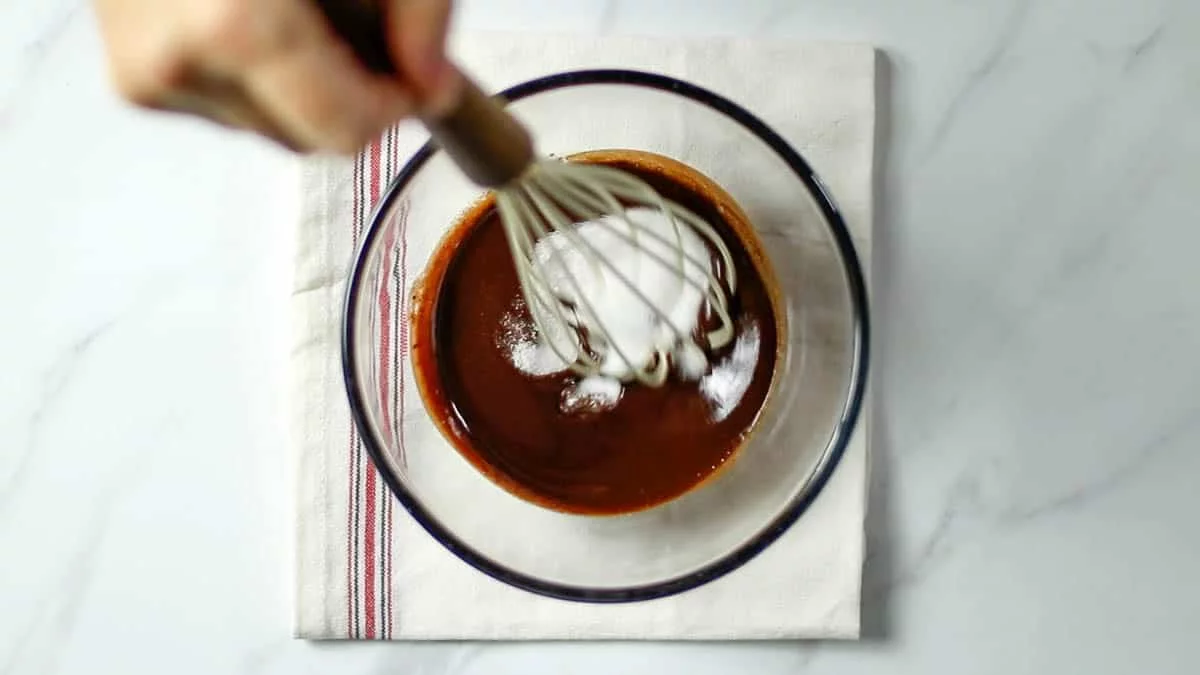
Melt the unsalted butter and chocolate together in a double boiler or in the microwave. Add the granulated sugar and mix until dissolved.
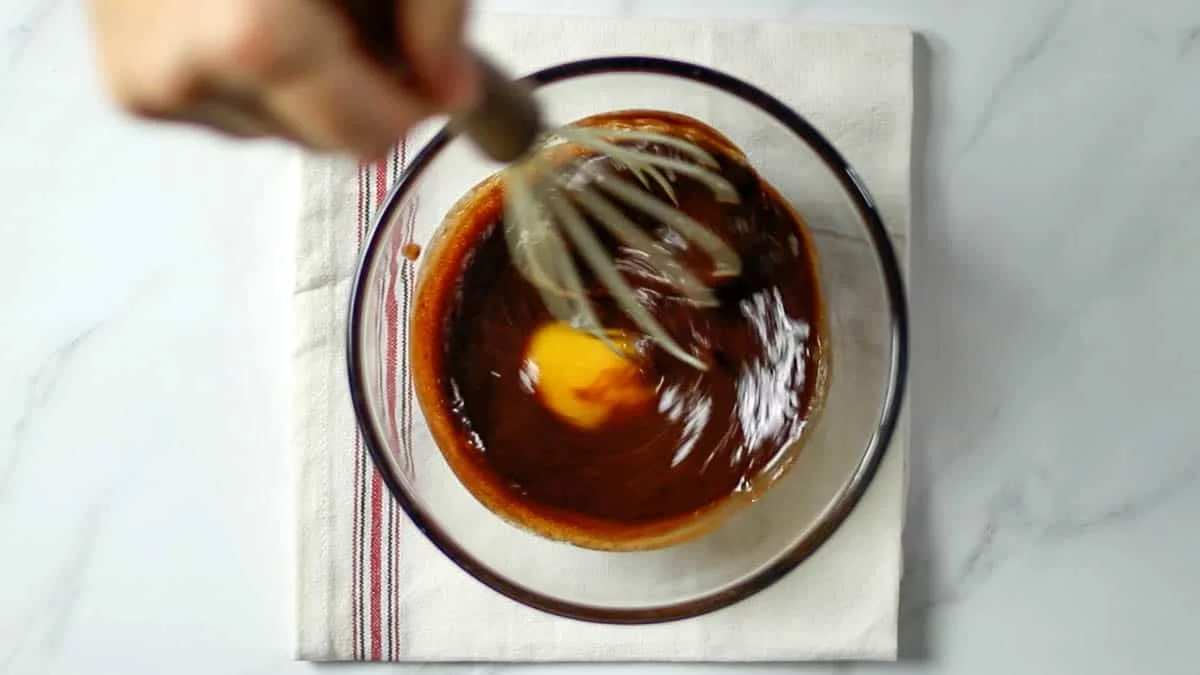
Add the eggs and mix them in. It's okay to mix them briefly, just enough to combine.

Sift in flour and add hazelnuts.
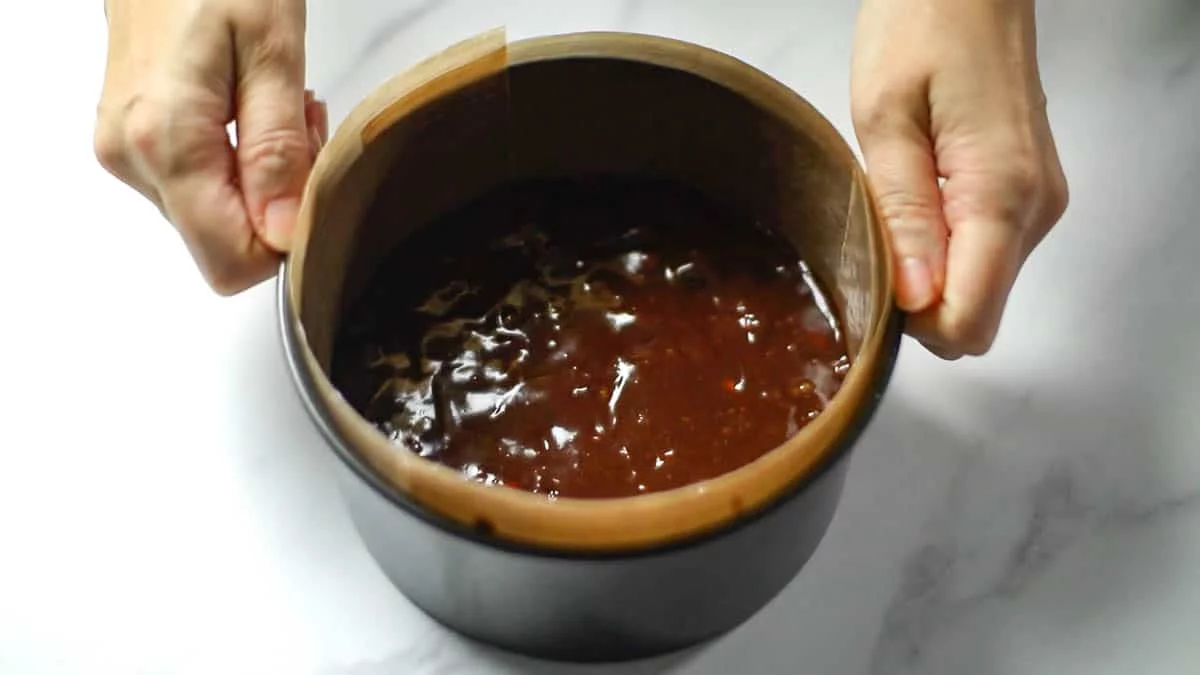
Pour the mixture into a 13cm (5-inch) pan and bake in a 175°C (345°F) oven for about 15 minutes. (If you don't have an exact 13cm pan, you can use a slightly larger one and then cut out a 13cm circle using a pastry ring or cutter.)
Chocolate cream
- Line a 15cm (6-inch) pan with reusable parchment paper.
- Place the brownie in the center of the pan.
- Soak a generous amount of sheet gelatin in cold water to soften. If using powdered gelatin, sprinkle 2 teaspoons (10ml) of water over it to bloom.
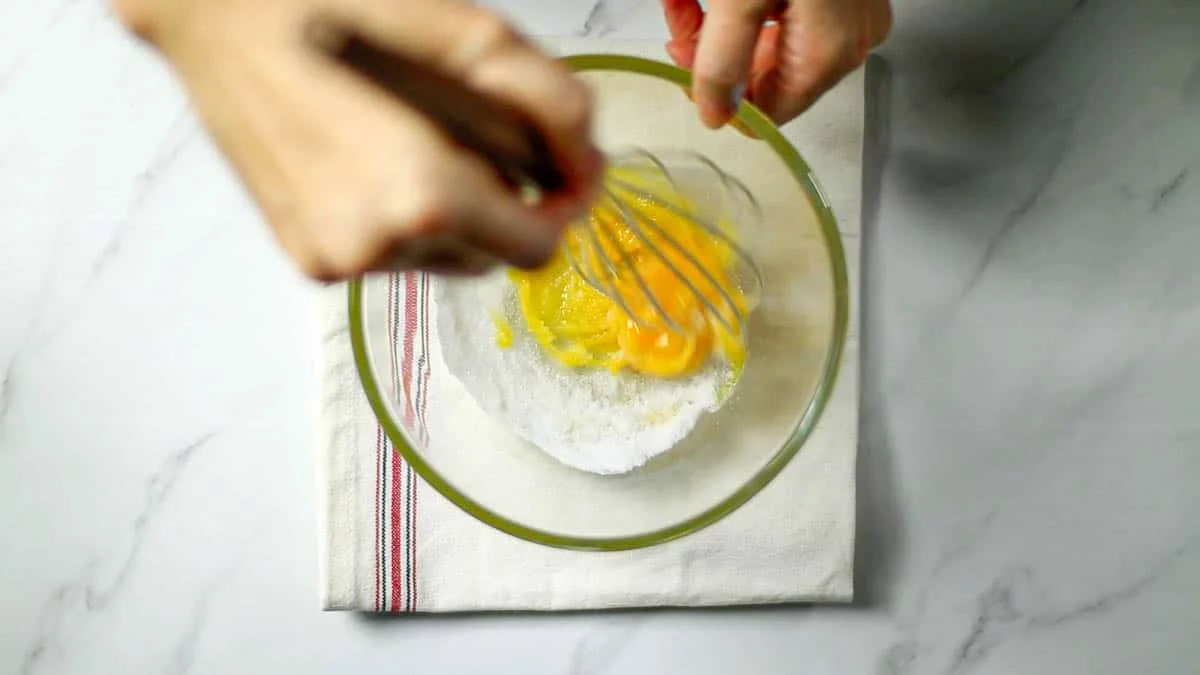
In a bowl, mix egg yolks and granulated sugar.
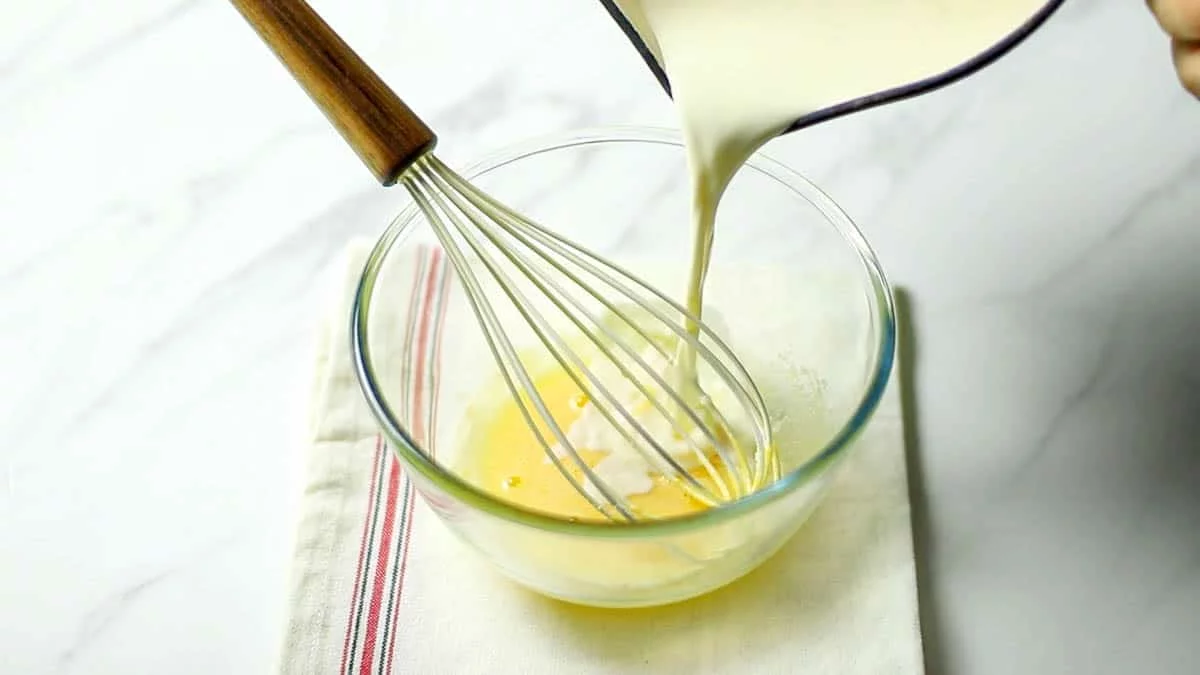
In a saucepan, combine the milk and heavy cream and heat it up. Pour half of this mixture into the egg yolks and granulated sugar, then mix them together.

Return the mixture back to the saucepan and heat it again. While stirring continuously and scraping the bottom of the pan with a silicone spatula, thicken the mixture. The desired consistency is reached when the cream lightly coats the back of the spatula, when it moves in one direction and doesn't immediately flow back, or when it reaches a temperature of around 80-85°C (176-185°F). using a thermometer.
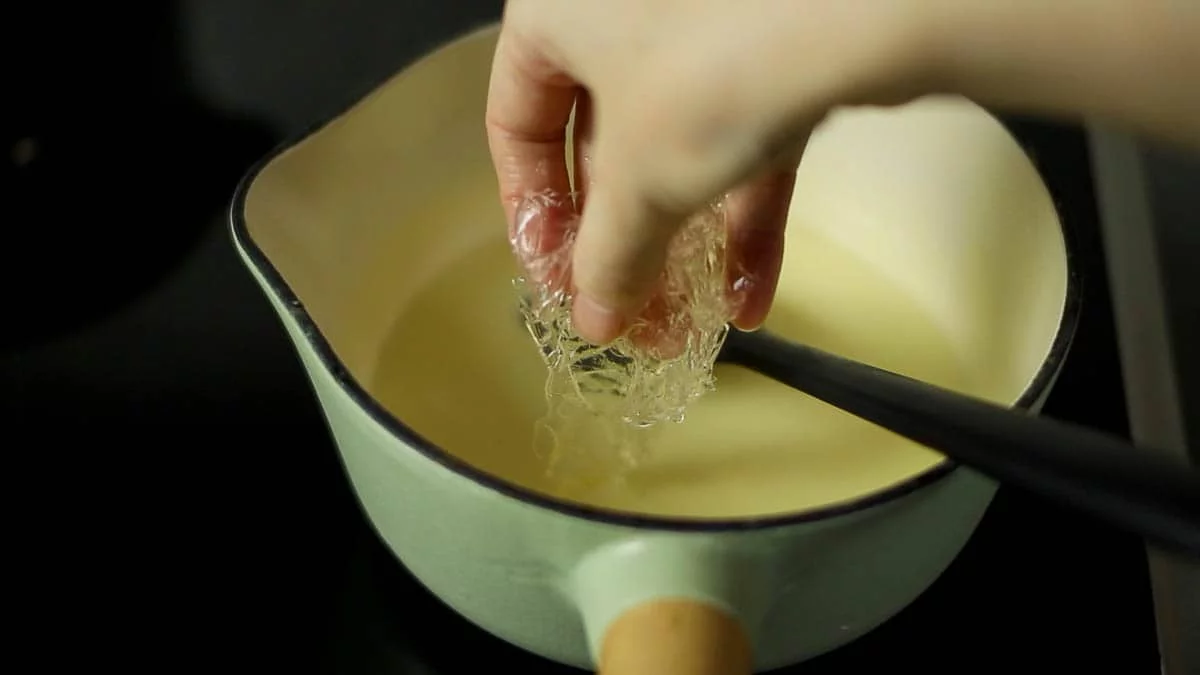
Remove the heat (since residual heat will continue to warm the mixture) and quickly mix in the squeezed gelatin until it dissolves.

Pour the melted chocolate into the mixture in 2-3 additions, and gently mix it in.
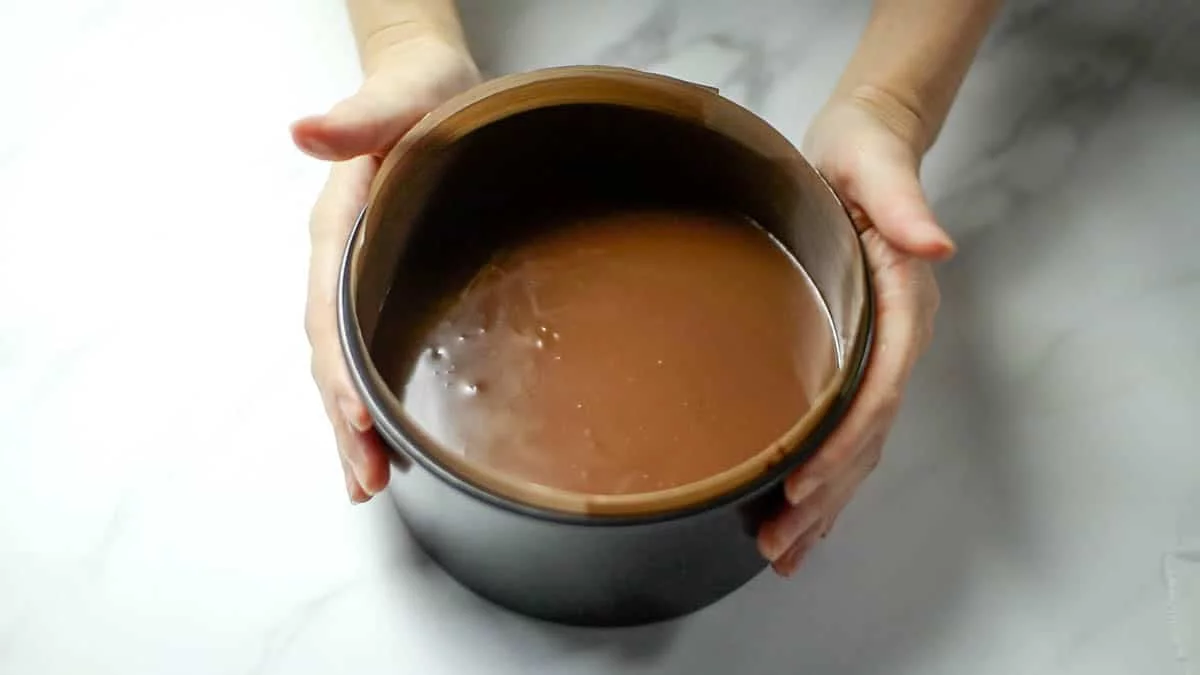
Pour the chocolate mousse over the brownie base in the pan. Place it in the freezer to chill and set.
Chocolate glaze
Prepare a cake cooler and place a tray underneath.
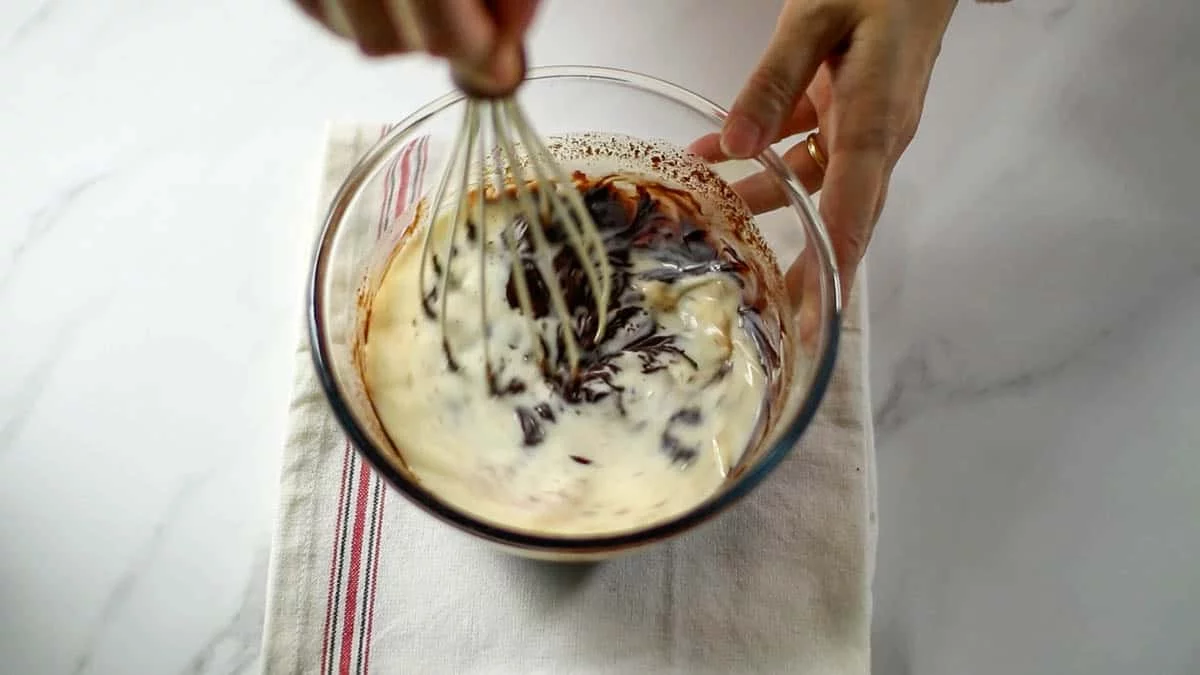
Melt the chocolate in a bowl. In a separate pot, heat water, granulated sugar, and heavy cream.
Slowly pour the mixture into the melted chocolate, stirring gently until it becomes glossy. Strain the mixture into a container for easy pouring.
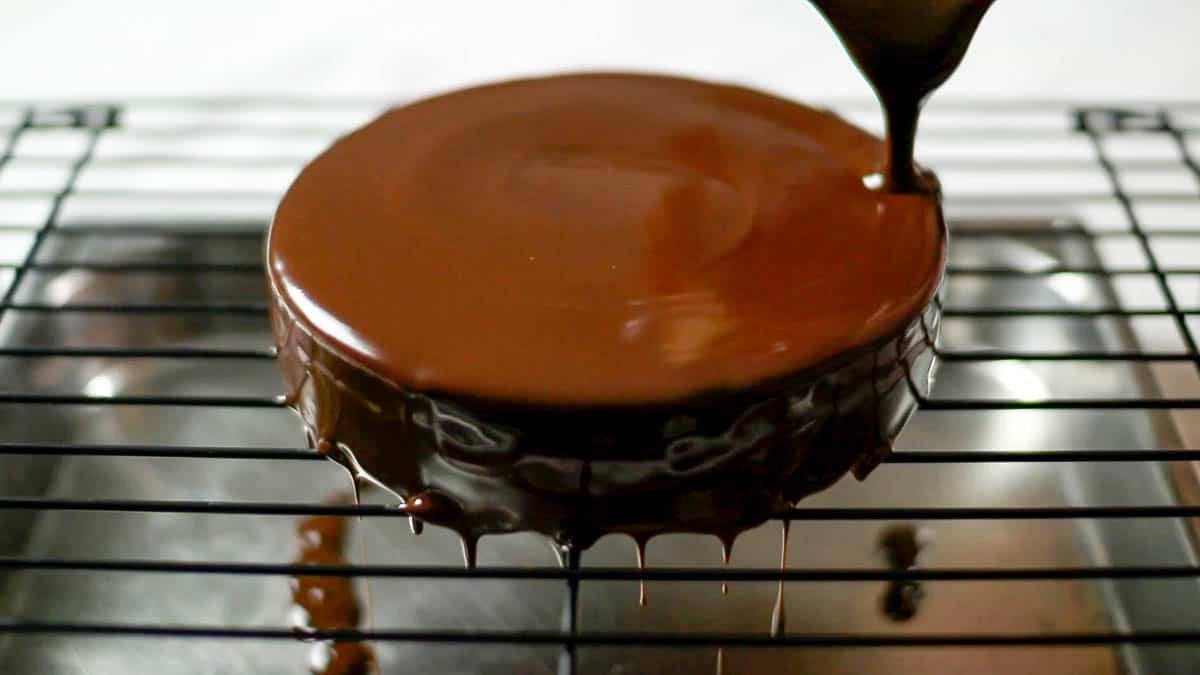
Remove the cake from the freezer and gently remove it from the mold, applying a warm towel around the edges of the mold if needed.
Pour the glaze onto the cake in a circular motion, starting from the center and moving outward. Pay special attention to the sides of the cake, as they can be more challenging to coat with the glaze.

Once you have finished glazing, quickly transfer the cake to a serving plate before the glaze sets. To do this without damaging the glaze, you can use two long palette knives or knives crossed over each other to lift and transfer the cake from the bottom.
After transferring the cake to the serving plate, place it in the refrigerator to thaw for about 1 hour.
![Super rich! How to make Brownie chocolate ganache cake [Pierre Hermé].](https://chiccafood.com/wp-content/uploads/Fraicheur-Chocolat-PIerre-Herme-5-1.jpg)
Cut with a warm knife and serve!
Storage
It can be stored in the refrigerator and eaten for about 3-4 days Glazing prevents the surface of the pastry from drying out, so it will last longer than a cream-covered cake.
Before serving, take the cake out of the refrigerator and let it sit at room temperature for 10 to 20 minutes.
Equipment
I usually use a removable-bottom pan and reusable oven sheets for cake baking. The removable-bottom pan makes it easy to remove the cake without damaging it, and the reusable oven sheets don't absorb moisture, resulting in clean and neat sides of the cake.


![Super rich! How to make Brownie chocolate ganache cake [Pierre Hermé].](https://chiccafood.com/en/wp-content/uploads/Fraicheur-Chocolat-PIerre-Herme-image-4-1.jpg)
Super rich! How to make Brownie chocolate ganache cake
- Total Time: 4 hours 15 minutes
- Yield: Serves 8 servings (15cm / 6 inches round cake pan)
Description
Recipe for an ultra-rich chocolate cake combining a dense chocolate cream and ganache glaze on brownies!
Ingredients
Brownie
- 50g unsalted butter
- 40g chocolate
- 50g granulated sugar
- 1 egg
- 30 g cake flour
- 50 g hazelnut
Chocolate cream
- 150 ml heavy cream
- 150 ml milk
- 2 egg yolks
- 25 g granulated sugar
- 90g chocolate
- 2 g gelatin
Chocolate glaze
- 50ml water
- 30g granulated sugar
- 125ml heavy cream
- 190g chocolate
Instructions
Brownie base
- Roast the hazelnuts in the oven for about 10 minutes.
- Prepare a baking pan by lining it with parchment paper.
- Preheat the oven to 175°C (345°F) 10 minutes before using.
- Melt the unsalted butter and chocolate together in a double boiler or in the microwave. Add the granulated sugar and mix until dissolved.
- Add the eggs and mix them in. It's okay to mix them briefly, just enough to combine.
- Sift in flour and add hazelnuts.
- Pour the mixture into a 13cm (5-inch) pan and bake in a 175°C (345°F) oven for about 15 minutes. (If you don't have an exact 13cm pan, you can use a slightly larger one and then cut out a 13cm circle using a pastry ring or cutter.)
Chocolate cream
- Line a 15cm (6-inch) pan with reusable parchment paper.
- Place the brownie in the center of the pan.
- Soak a generous amount of sheet gelatin in cold water to soften. If using powdered gelatin, sprinkle 2 teaspoons (10ml) of water over it to bloom.
- In a bowl, mix egg yolks and granulated sugar.
- In a saucepan, combine the milk and heavy cream and heat it up. Pour half of this mixture into the egg yolks and granulated sugar, then mix them together.
- Return the mixture back to the saucepan and heat it again. While stirring continuously and scraping the bottom of the pan with a silicone spatula, thicken the mixture. The desired consistency is reached when the cream lightly coats the back of the spatula, when it moves in one direction and doesn't immediately flow back, or when it reaches a temperature of around 80-85°C (176-185°F). using a thermometer.
- Remove the heat (since residual heat will continue to warm the mixture) and quickly mix in the squeezed gelatin until it dissolves.
- Pour the melted chocolate into the mixture in 2-3 additions, and gently mix it in.
- Pour the chocolate mousse over the brownie base in the pan. Place it in the freezer to chill and set.
Chocolate glaze
- Prepare a cake cooler and place a tray underneath.
- Melt the chocolate in a bowl. In a separate pot, heat water, granulated sugar, and heavy cream.
Slowly pour the mixture into the melted chocolate, stirring gently until it becomes glossy. Strain the mixture into a container for easy pouring.
- Remove the cake from the freezer and gently remove it from the mold, applying a warm towel around the edges of the mold if needed.
- Pour the glaze onto the cake in a circular motion, starting from the center and moving outward. Pay special attention to the sides of the cake, as they can be more challenging to coat with the glaze.
- Once you have finished glazing, quickly transfer the cake to a serving plate before the glaze sets. To do this without damaging the glaze, you can use two long palette knives or knives crossed over each other to lift and transfer the cake from the bottom.
- After transferring the cake to the serving plate, place it in the refrigerator to thaw for about 1 hour.
Notes
- Sometimes, you may encounter situations where there are holes in the glaze or the glaze on the bottom of the cake peels off when moving it. In such cases, you can make adjustments using a palette knife and adding extra glaze to fill the gaps. If it looks unnatural, you can gently heat the affected area with a torch to melt it slightly, which will result in a naturally beautiful appearance.
- Glaze can be stored in the refrigerator for up to one week. Place it in a zipper bag or airtight container, removing as much air as possible. If you don't plan to use it immediately, you can also freeze it.
- Once you've used the glaze, you can reheat and reuse it. Heat it slowly over low heat before using it again.
- Prep Time: 1 hours
- Cool Time: 3 hours
- Cook Time: 15 minutes
- Category: Cakes
- Cuisine: french
Nutrition
- Serving Size: 1
- Calories: 515
- Sugar: 36
- Sodium: 63
- Fat: 35
- Saturated Fat: 20
- Unsaturated Fat: 13
- Trans Fat: 0
- Carbohydrates: 43
- Fiber: 2
- Protein: 8
- Cholesterol: 133


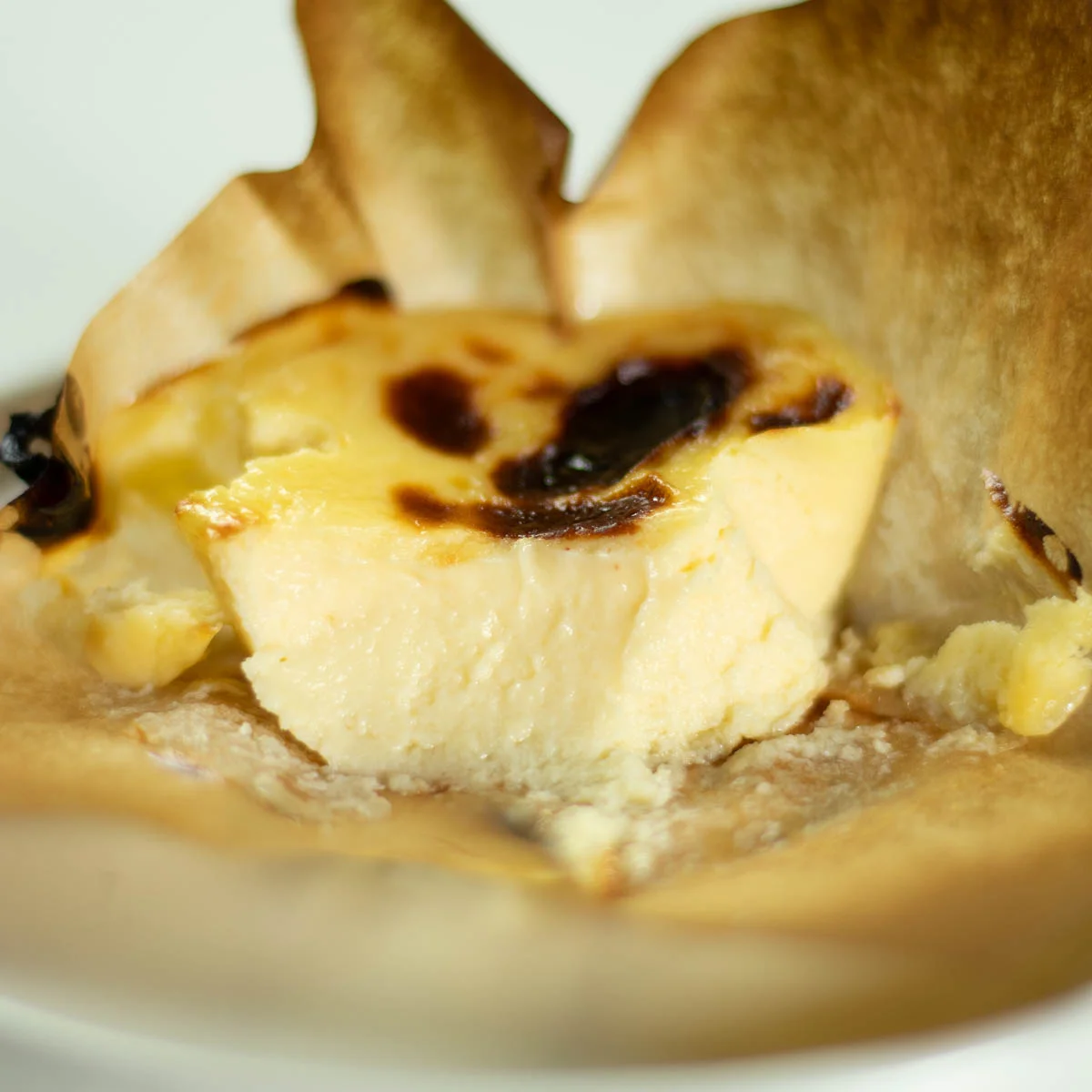

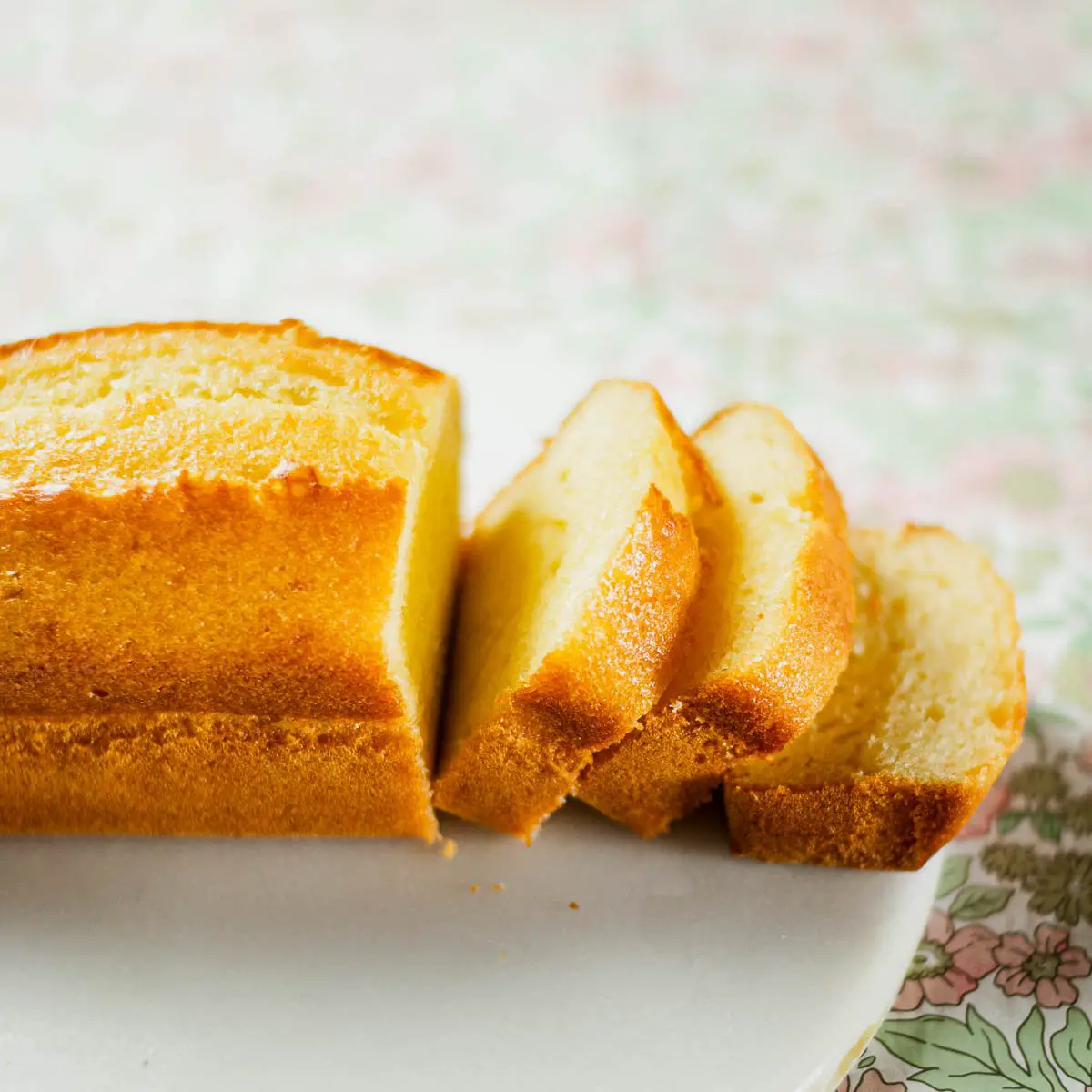
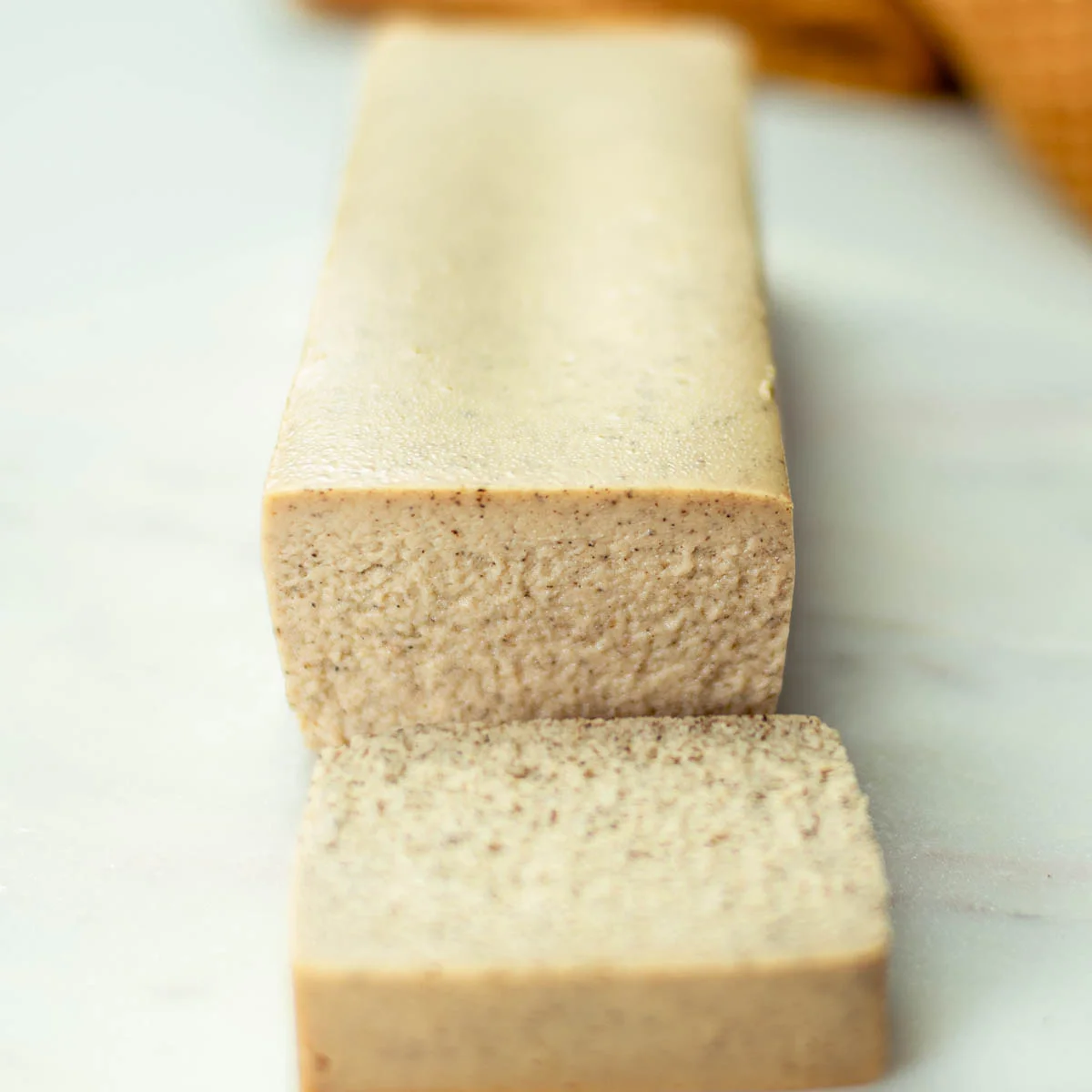
Leave a Reply